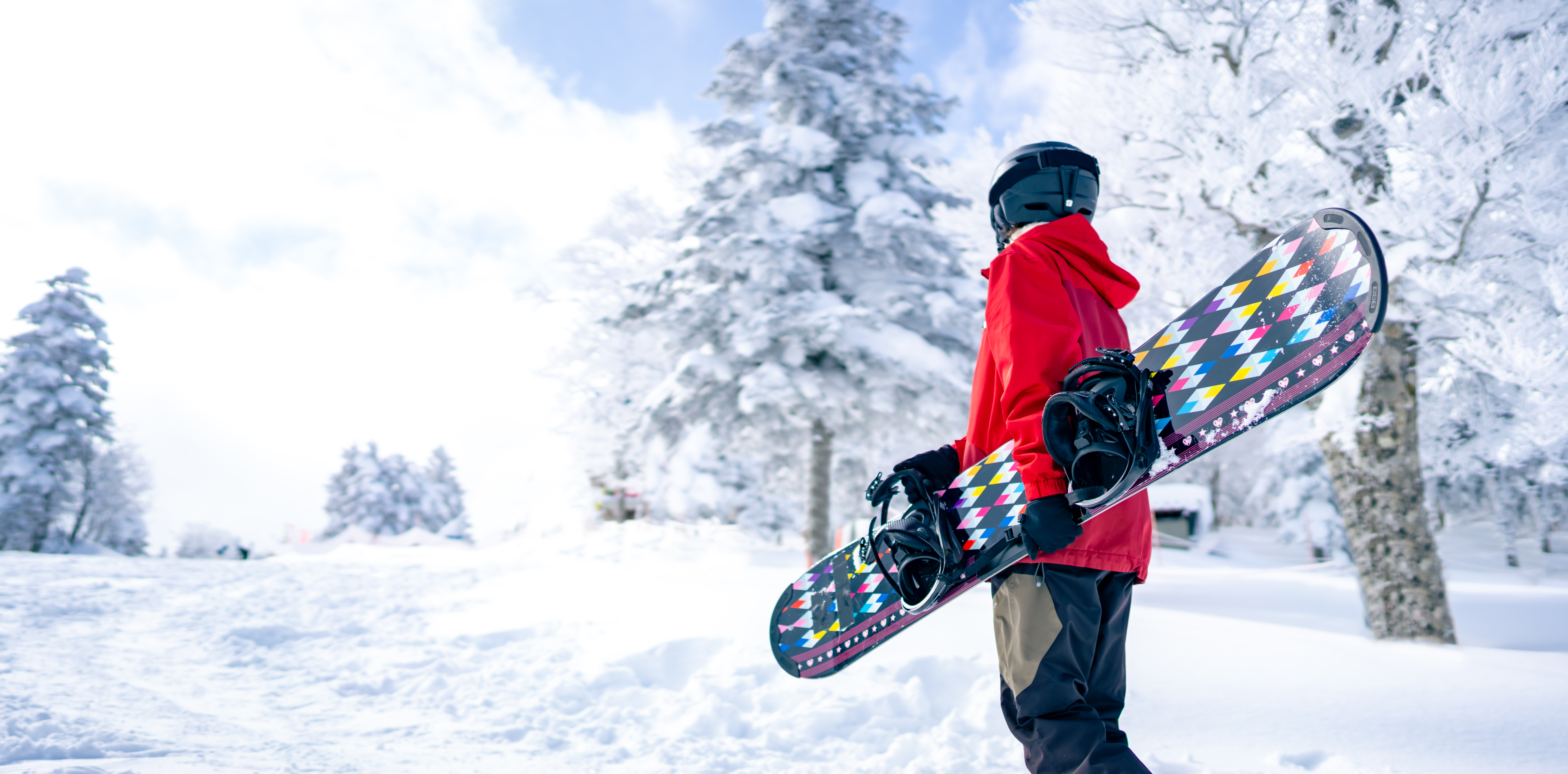
The Dangers of Skiing and How to Stay Safe
It’s winter season! Fresh fluffy snow resting on cliffs, mountains, and inclines. It’s time to . . .
Get the ski’s out!
Plan the ski trips!
Buy the ski outfits!
But wait a minute, let’s slow down a bit and think about the most important part of the planning: SAFETY! Did you know that falls are the # 1 cause of injury on the slopes?
According to the National Ski Areas Association, there is an average of 44.7 serious injuries per year related to skiing, such as paralysis and serious head injury. Reports show that skiing accidents total 6.4% of reported collisions. Additionally, alpine skiers are 3 times more likely to be involved in an accident with other people than snowboarders.
Reports/records show that the most common ski accidents are:
- Falling
- Collisions with other skiers
- Wrong/inappropriate gear
- Ski/Chair Lifts
The most common type of injuries from the accidents referenced above are:
- Raptured ligaments
- Leg fractures
- Concussions
- Broken/sprang bones such as wrist and ankles
So how can you have fun on the slopes and remain safe?
- Check the weather. Weather conditions are very important for skiing. Ideally, skiing in temperatures under 30 degrees is best. Slushy conditions contribute to higher risk of a ski accident.
- Get proper equipment. Helmets, bindings, and clothing. Consider getting sunglasses, moisture, insulation, and weather protection.
- Understanding proper ski technique. Lisa Densmore offers “Ski Like A Pro” techniques that will help you physically prepare for the slopes.
- Know your route. Make sure that it is appropriate and safe for your ski level.
Take breaks. It is important to take breaks for food, water, and skin protectant application such as sunscreen. - Understanding proper chairlift etiquette/technique. The National Ski Areas Association reported that 86% of lift falls were due to skier error.
- Learn about the signs of high altitude illness. Understanding the signs and symptoms will be helpful. A few things to pay attention to are; upset stomach, headache, dizziness, and lack of sleep. Not feeling your best while skiing can contribute to a ski injury.
- Have a ski buddy. It is important to not ski alone in the event of an injury. Having a second set of eyes is always helpful. It’ll be easier to get help too!
Herman “The Herminator” Maier; famous two-time gold ski medalist said it best “Ski racing, especially downhill, is a dangerous activity and there are many accidents. It would be really too bad to lose everything because of a crash”. For first time skiers, it’s important take lessons prior to going out on the slopes. It is equally important to know your limitations and have realistic expectations.
Bernhard Russi; winner of the 1972 Downhill Sapporo was quoted saying “Downhills are meant to be as demanding and as fast as possible, but we all want the racers to get to the bottom in one piece”. Even those who ski as a profession, make safety and preparation measures priority. Have fun and be even more safe!